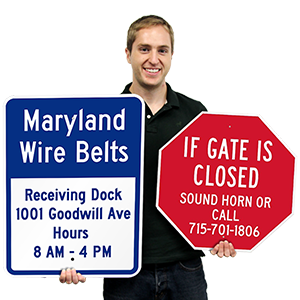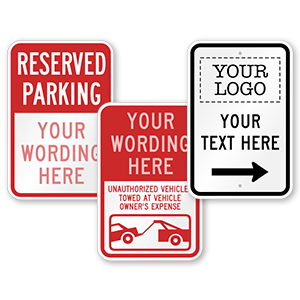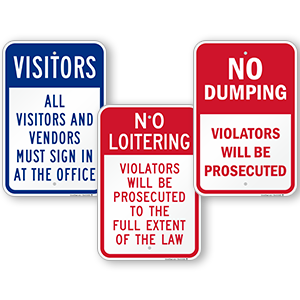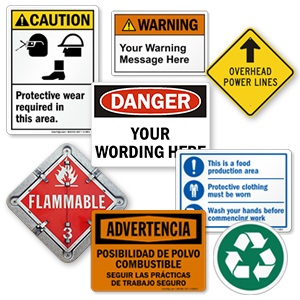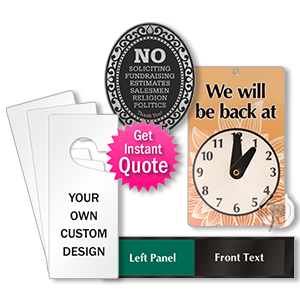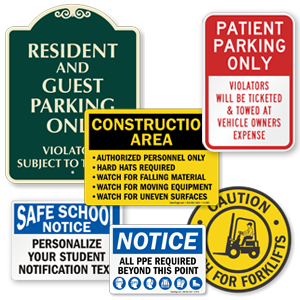Testing Word Lens: how accurate is this sign translation app?


First, you take the wrong bus. Undeterred, you find a place that lets you rent a fancy car. Because this, this is your big vacation. You drive to a restaurant (after several unintentional detours), and arrive ravenous. You proceed to accidentally order sweet-fried dough for dinner (you’re diabetic) and tip an offending waiter twice (fixed gratuity unnoticed on the check). You use the wrong bathroom, and soon after, discover your car has been towed.
Well—at the very least one of these has gone very wrong for you, intrepid traveler, trying to read the headlines, menus, checks and signs of a foreign country, stumbling into both hilarious and harrowing situations. With these hijinks in mind, Otavio Good and John DeWeese co-founded and programmed Word Lens, an app for the iPhone that translates text from English to Spanish, Italian, or French (and vice versa). It’s frankly stunning to watch letters metamorphosize on the screen — something like watching the Wachowski brothers’ Matrix flicker — while the background and font stay the same.
Clearly, this app has tremendous implications — and limitations. On the bright side, no network is necessary to use the app. Take note, however, that this is a word-by-word translation. As linguist Victor A. Oswald Jr. put it, the utility of word-by-word translation has about as much weight as the concept that the world is flat. The failings of such a method are really too numerous to list. Among them, Word Lens is unable to rearrange words, recognize homonyms, dialect, or slang.
We tested Word Lens (English–>French) on the first paragraph of this blog post to help demonstrate the problem.

We asked Kevin St. John, founder of Brooklyn French, to translate the paragraph for us. To help reading comprehension, St. John altered the format: “Every time there was a shifting in logic that was clearly supposed to be part of the sentence, but syntactically stuck out, I made a line break, a logic break.“ Here’s what Word Lens’s translation of our first paragraph amounts to:
First, take yourself on the bad all-inclusive bus
you end
a square
this jets
rent yourself a fantasy car because this this is your big vacation
drive yourself to a restaurant
after several involuntary detours and arrive starving
proceed to accidentally order sweet-*fried* pasta for diner
*you* diabetic
and tip
an interminable waiter
taxed twice an apathy premium unnoticed on the
check
use the wrong bathroom and shortly after
discover that your cat has been dragged.
To be fair, this app doesn’t posture as a perfect (or dare we say, accurate) translator, and within the context of simple sentences and messages, you’d find the app far more useful. This leads us, of course, to signage.


We’ll be the first to tell you that signs deliver a lot of essential information; from warnings to welcomes, they direct, preserve, and instruct you. Most signs that concern your wellbeing have strict regulations and many of those dictate that signage text be accompanied by universally understandable pictograms. Regulatory bodies like the ADA (Americans with Disabilities Act), OSHA (Occupational Safety and Health Administration), and ANSI (American National Standards Institute) make it illegal not to have an accompanying image for certain signage. Does that make the app less important?
Although we don’t need Word Lens to understand an image, it could still help in communicating secondary information. Why is smoking banned, as in the sign photographed above? (The knowledge that the area is a school zone might improve compliance.) When am I able to park on this side of the street? Who enforces this rule? What kind of hazard should I be looking out for? Word Lens could help users understand more aspects of guiding or prohibiting language.

And to be fair, sometimes pictograms are not all that elucidating (via Hans Hansson).
However, this is a theory worth testing. What do translated signs look like to a fluent speaker? Is all Word Lens’s praise deserved? We gathered a few bilingual (English and Spanish) signs, and with the aid of Marco Silva, translated World Lens’s translated results. (Punctuation added for reading comprehension.)
Test Case 1

(Via MySecuritySign.com)
A) Spanish–>English
“Property Private, prohibit pull rubbish.”
B) English–>Spanish
“Private property, no dumping allowed.” (Perfect!)
Test Case 2

(Via JustBathroomSigns.com)
A) Spanish–>English
“Security first. Avoid the contamination. Wash its hands before eat, drink or smoke.”
B) English–>Spanish
“Safety first. Avoid contamination, wash your hands after comet. Drink Roman.”
Like most bright, new innovations in technology, this app is a work of shaky genius—still young enough to make itself look ridiculous. We are still going to need good translators, bilingual signs, and a sense of humor while we’re traveling for a while. Still, it’s worth keeping an eye on Word Lens’s innovators, and all the other digital magicians that have their five minutes on the world stage to impress us. To be fair, we are a tough crowd.
-C. Stebbins

